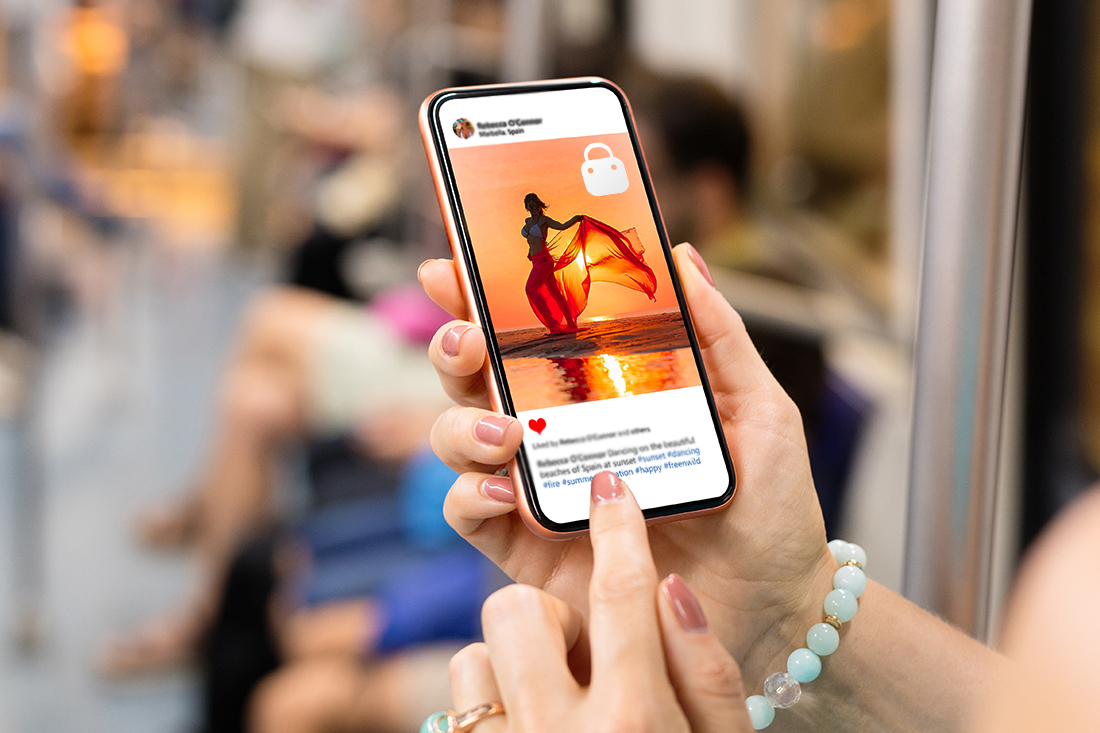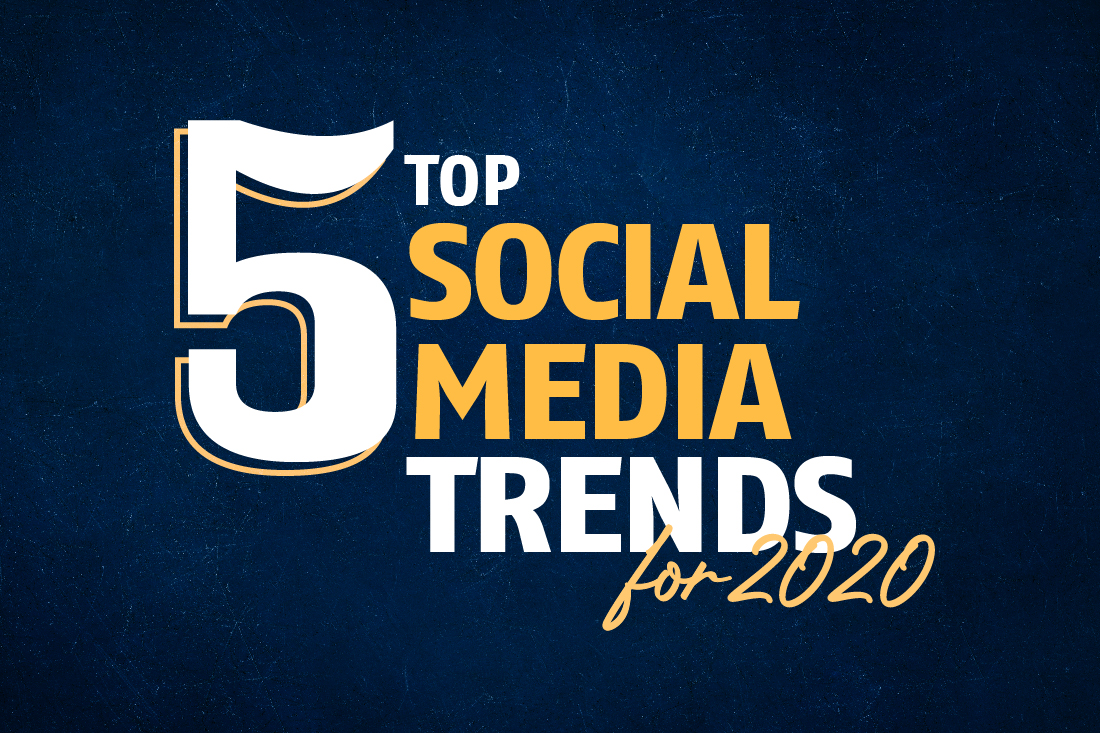
Digital marketing myths debunked
Fact or myth? Myth or fact? Sometimes it’s hard to distinguish what’s true and what’s not so in this blog we decided to present and explain in detail four of the most common digital marketing myths that could potentially be hampering your success and present some effective steps to take.
Myth #1: Hard bounces are bad
If a visitor lands on one of your landing pages but takes no further action (i.e. stays on the same page for up to 30 minutes), Google Analytics classes it as a bounce. Should you worry?
Yes and no.
In some cases, the bounce is not necessarily bad. For example, a visitor may come to your website to find a specific piece of information like your opening hours or address and then leave. Such a bounce is not as bad as the visitor found what he/she was looking for.
The only scenario where a bounce becomes a worrying sign is when a visitor lands to a page where he/she is required to take an action, such as register to an event or give an email to download a free e-book but does nothing. If that’s the case, consider editing your call-to-action and making changes to that particular landing page.
Myth #2: All traffic is good
Everyone strives to drive more traffic to their website, however, there are some examples of traffic that is not good. For instance, if you sell plumbing supplies, but people contact you to book a plumbing service -and that’s something you don’t do – you should consider making changes to your website content and using negative keywords on Google Adwords. Also, if you get traffic from areas/countries that you don’t service, make sure you either block visitors to your website from certain countries or exclude countries/areas where you wouldn’t like your ads to be shown.
Myth #3: There is only one type of conversion
It’s a fact that some actions are more valuable than others. For example, phone calls, contact form submissions and demo sign-ups sometimes worth more than newsletter sign-ups, content downloads (case studies, white papers, ebooks, etc) and social media likes and shares. Even though it’s natural to focus on the intent-based conversions, you should pay attention to the soft conversions too as these are actions that indicate visitors are interested in your products and services. You should consider establishing a strategy around how to nurture those potential leads and close more sales.
Myth #4: SEO is dead
We left the most frustrating myth for last. SEO it’s still very much alive so ignore any rumours you may have heard. In fact, SEO is more important than ever and doesn’t look to fade away anytime soon. Google’s algorithm is changing around 600 times per year so even though it’s nearly impossible to stay on top of it, it’s crucial that you take the necessary steps to be as SEO aware as possible.
Firstly, focus on content. Content marketing should be your number one priority – give your visitors as much information as possible. Secondly, search is changing. Voice search is the next ‘big thing’ so it’s important to adapt the way you think beyond choosing the best, more relevant keywords and cover topics more broadly. For example, if you tell Siri, Alexa or Google Assistant that you are in pain, the algorithm will give you results that indicate the closest hospitals. So focus on phrases, not keywords as the searcher is more likely to type a question or type/say a sentence to describe what’s he/she is looking for.
SEO is a rather big topic to cover in just a few paragraphs, so stay tuned to our blog for more tips and news on Google’s algorithm changes!




